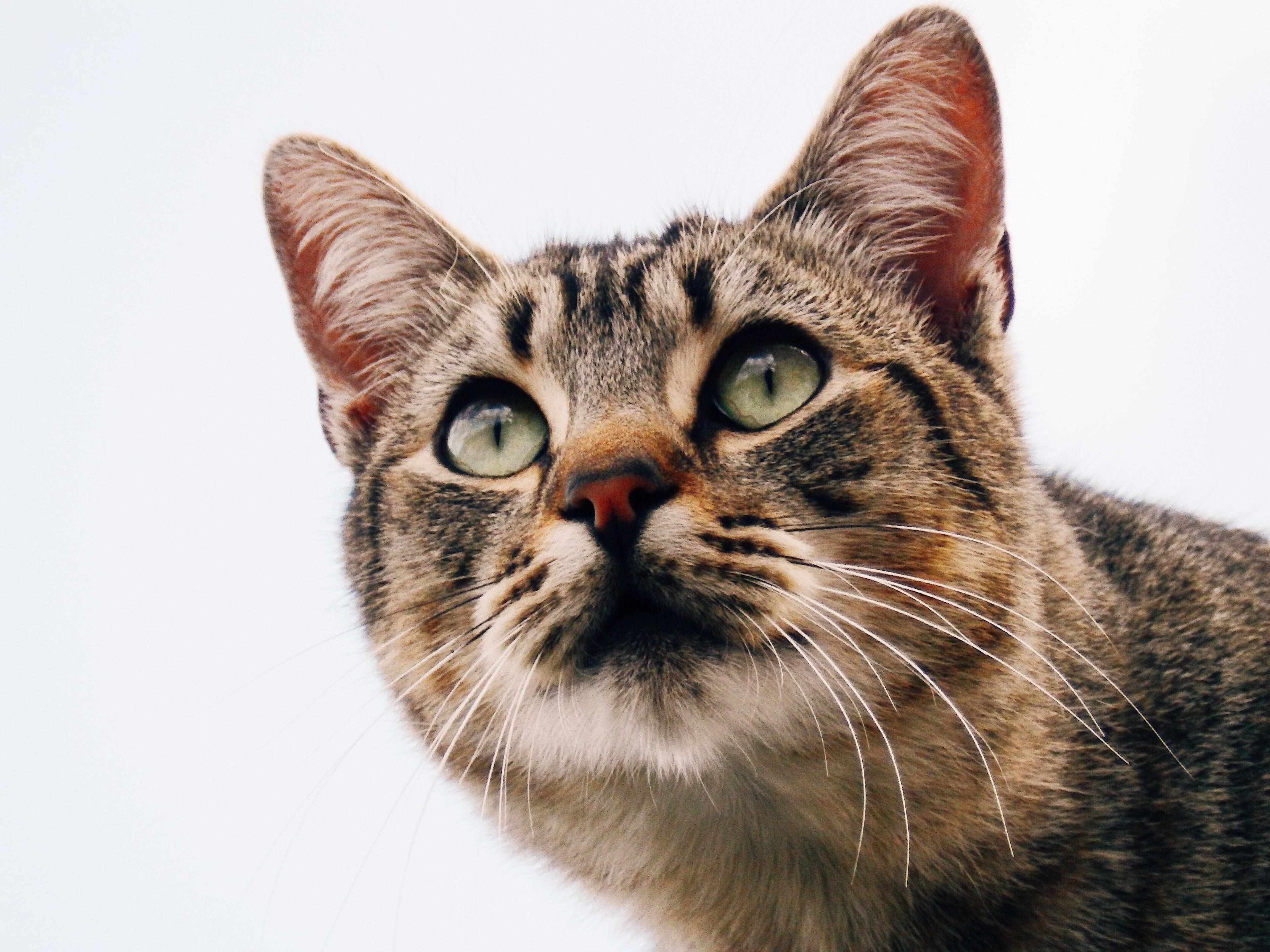
A cat. Photo: Luisa Azevedo / Unsplash
Are cats important to farm operations to protect equipment from rodents? QoN for the inquiry into the management of cat populations in New South Wales
Submission
28 April 2025

Submitted to the NSW Parliamentary Inquiry into the management of cat populations in New South Wales in response to a question taken on notice during evidence session 1 April 2025. The full session can be viewed at: https://youtu.be/7VDFvdAGDRY?si=4-Qbzk5PZYt2e3sv
Response prepared by: Biodiversity Council Councillors and staff: Professor Euan Ritchie (Deakin University), Professor Sarah Legge (The Australian National University), Professor John Woinarski (Charles Darwin University), Jaana Dielenberg ( Biodiversity Council Communication and Engagement Manager).
Are cats important to farm operations to protect equipment from rodents?
There are four factors to consider in answering whether cats are important to farm operations to protect equipment from rodents:
- the potential benefit of cats to farm operations,
- the likely harm of cats to farm operations,
- broader issues with cats in agricultural settings, and
- how rodents should be controlled on farms.
1. Potential benefits of cats to farm operations
Very little research has occurred on this topic in Australia or internationally.
The only Australian study on this topic is by Crawford et al (2024). It is important to flag that this study is based on only anecdotal observations and opinions of 15 cat-owning farmers from 9 farms. It did not collect empirical data on actual rodent numbers or activity or cat behaviour at any of the farms with cats, or compare data to farms without cats or even seek to interview any farmers who do not keep cats. The research design of this study is inadequate to draw any conclusions about the effectiveness of cats as rodent suppression on farms.
A study in Britain by Elton in 1953 did collect data on rat numbers at five farms over three seasons. It was observed that high numbers of cats could sometimes maintain small barn areas rodent-free, but only if the area was made rodent-free to begin with. That study also reported that, “I have no facts to show that cats can by themselves ever control and exterminate a large rat infestation. They certainly do not do so in some instances, so that the introduction of cats as an initial clearance method is at least uncertain.”
In general, there is no guarantee that cats kept on farms will hunt rodents near important equipment rather than other species and away from the equipment. Radio tracking farm cats in Canberra, Barrat (2006) found that the farm cats in that study had home range sizes between 1.38 and 4.46 ha, which is equivalent to between 5 to 20 football fields. Even if particular cats favour killing rodents, numbers of rodents tend to be driven by environmental pulses and food availability, driven by interannual climate variability and can change quickly. When conditions are good for rodents, rodent numbers will be high, regardless of the presence of some farm cats.
There is also no empirical experimental research that has been undertaken to assess how good domestic cats are at regulating invasive rodent populations in comparison to native predators (owls, kites, snakes, varanids, quolls and other dasyurids). However, as cats will kill all of these native predators, there is the potential that cats may increase rodent activity by suppressing native predators. Research is ongoing that focuses on encouraging native predators as a form of sustainable pest control.
2. Potential harm of cats to farm operations
Cats are vectors of several pathogens that can be passed to humans, wildlife and livestock. These pathogens are three protozoan parasites: Toxoplasma gondii, Sarcocystis gigantea, S. medusiformis, and the fourth is the parasitic roundworm Toxocara cati. Each of these pathogens depend on cats for part of their lifecycle and produces eggs that are passed in cat faeces. The eggs persist in soil, pasture and water, and are subsequently ingested by stock. These pathogens cause a range of animal health impacts, including spontaneous abortions, still births, neonatal deaths and visible cysts in meat, which reduce its saleability. Legge et al (2020) found that these cat-dependent diseases cost Australian agriculture at least $12 million annually through livestock impacts. This research recommends preventing cats from accessing farms to lower infection rates. See this National Environmental Science Program factsheet for more information.
3. Broader issues with cats in agricultural settings
Where farmers do keep cats, it is important that they are desexed as free-roaming cats on farms breed quickly if not neutered, leading to cat colonies and the likely movement of animals into the feral cat population. Nutter et al (2004) documented free-roaming cats having a mean of 1.4 litters/year with a mean of 3 kittens per litter. At this rate one pair of unneutered cats could result in 148 cats over three years, however, many kittens die before six months of age, which also raises welfare concerns for cats allowed to roam.
All roaming cats in agricultural landscapes, whether feral or owned, have an impact on wildlife through predation and diseases. Agricultural landscapes can be important to threatened species, because areas where the species occurred have been converted wholly or partly to agriculture, although conditions in the modified landscape may not be ideal for the species. The added impact of cats may push a population to the point that it cannot survive. Native species that are likely to be particularly vulnerable to predation by cats in these landscapes are small to medium-sized mammals, small to medium-sized birds that spend time near the ground, frogs, lizards, other reptiles and many invertebrates.
4. How rodents should be controlled on farms
The 50-page NSW Department of Primary Industries Code of Practice and Standard Operating Procedures for the Effective and Humane Management of Rodents presents a synthesis of research findings, detailed guidance and standard operating procedures for the management of pest rodents in agricultural settings, including around buildings and equipment. It does not recommend the keeping of cats as an effective or approved method of control. Rodent management on farms in NSW should be carried out in accordance with this Code of Practice.
In summary, all available scientific evidence indicates that there is no place for cats on farms.













